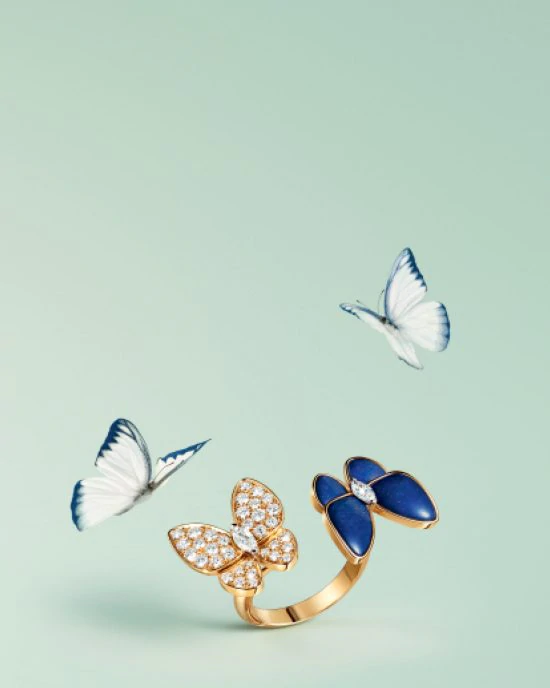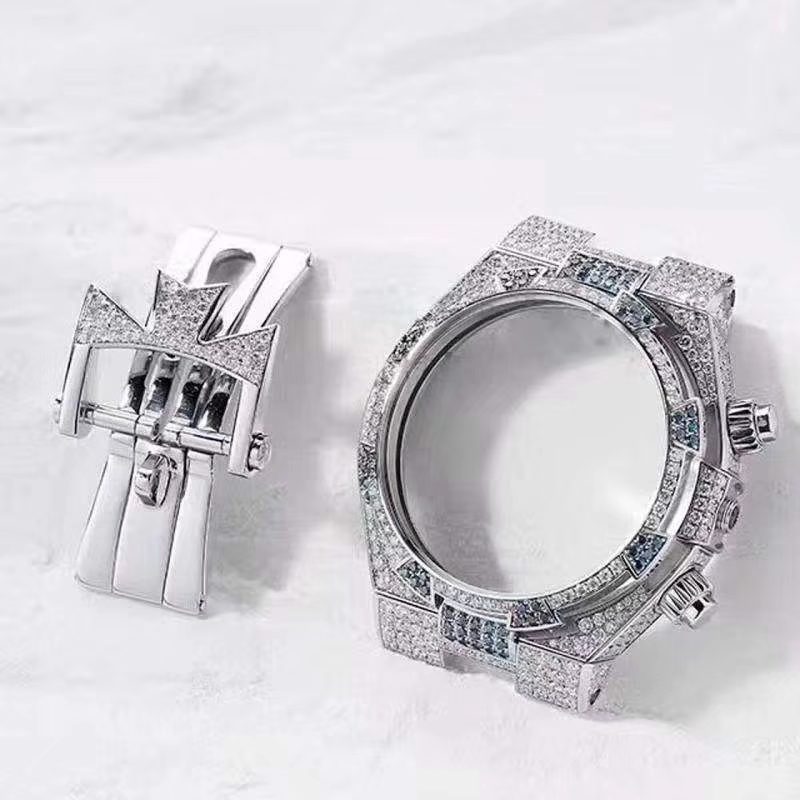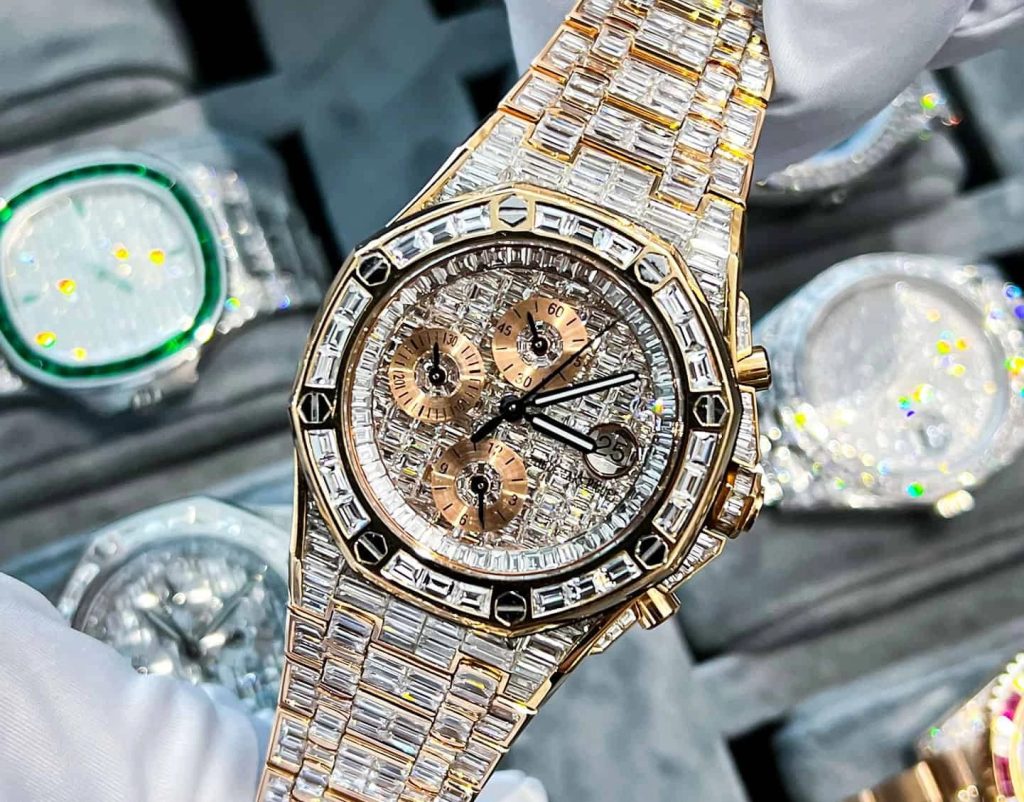SELECTING AN ENGAGEMENT RING

What is the most important engagement ring buying tip? Know what you want to spend. The engagement ring buying process presents a dizzying array of choices. Have a price range in mind. Going in with fairly specific parameters will help your jeweler find the right engagement ring to fit your budget.
What kind of jewelry does she already wear? Is she more classic or modern? Feminine or sophisticated? Does she wear more silver or gold? Do her pieces tend to be more delicate or chunky? Simple or ornate? Have these preferences in mind when you are considering buying an engagement ring. If you buy something similar to what she already likes, you can’t go wrong.
Know her ring size. It’s the starting point for buying an engagement ring. If she wears rings, borrow one she already owns. Trace the inner circle on a piece of paper, or press the ring into a bar of soap for an impression. You can also slide it down one of your own fingers and draw a line where it stops. A jeweler can use these measurements to identify her approximate ring size.
If she doesn’t wear rings, estimate in the following manner: The average ring size in the US is 6 (based on the ‘average’ US female being 5’4″ tall and weighing 140 lbs.) If she’s more slender, or fine boned, her ring size is probably in the 4 1/2 to 5 1/2 range. If she is heavier, larger boned or taller, her ring size is probably in the 6 1/2 to 7 1/2 range. It’s always better to buy a ring a bit bigger than you think she’ll need, because sizing a ring down is much easier than increasing its size.
Are her preferences hard to pin down? Consider buying an unset diamond. If you choose the diamond first and have the setting made later, you can include her in selecting the style and final details of the ring (always a good idea) and avoid the awkwardness of choosing an engagement ring that’s more to your taste than hers.
Know what diamond shape suits her. If she hasn’t made it easy for you by already voicing an opinion on the subject (or admiring someone else’s engagement ring), here are a few things to keep in mind when considering shape during the engagement ring buying process:
- She will be wearing this ring 24/7 every day of your married life. It will need to go with everything from jeans to evening wear. If you’re uncertain about her shape preference, it’s sensible to stick to the classics. They became classics because they appeal to most people most of the time.
- Cutting styles with fewer facets, such as emerald cut or rose cut, require higher clarity.
- Certain shapes pair more successfully with other gems in multi-stone rings. Round, Oval and Marquise all work well. Pear and Heart shape are more challenging.
- If she prefers clean, modern lines in furniture, for example, it’s likely she’ll react well to the same aesthetic in Rectangular or Square shapes, like the Emerald Cut or Princess Cut. If she tends towards the traditional, a round shape rarely misses. More bohemian types tend to favor more unusual shapes, like Trilliant or Marquise.
What Engagement Ring Setting Makes Sense?

A few of the most common settings for engagement rings are solitaire (top), three stone (left) and sidestone (right).
While there are an unending variety of patterns, details and metal choices, there are four basic types you are likely to encounter while buying an engagement ring:
- Solitaire – A single stone. Still the most popular choice when it comes to buying engagement rings. The head secures the diamond. Prongs allow the diamond to catch the most light. A four-prong-setting shows more of the diamond, but a six-prong setting is often more secure.
- Sidestone – Diamonds or other gemstones, flank the main stone for additional sparkle or color. Popular sidestone settings include ‘channel’, which protects stones by keeping them flush, and ‘bar-channel’, which allows more light to enter the sidestones.
- Three Stone – One diamond for the past, one for the present, and one for the future. Typically, the center diamond is larger than the two side stones.
- Pavee (pah-vey) – The main stone is surrounded by tiny diamonds to add sparkle and the illusion of greater size.
As to actual setting design, consider her lifestyle, and how well a certain setting will fit into it. If she’s more active or outdoorsy, look for lower profile, less ornate, more sturdy choices, which are less likely to get knocked or caught on things. If she’s more of a glamour girl, look for statement settings, with a higher stone profile and more intricate ring detailing or unique motif.















